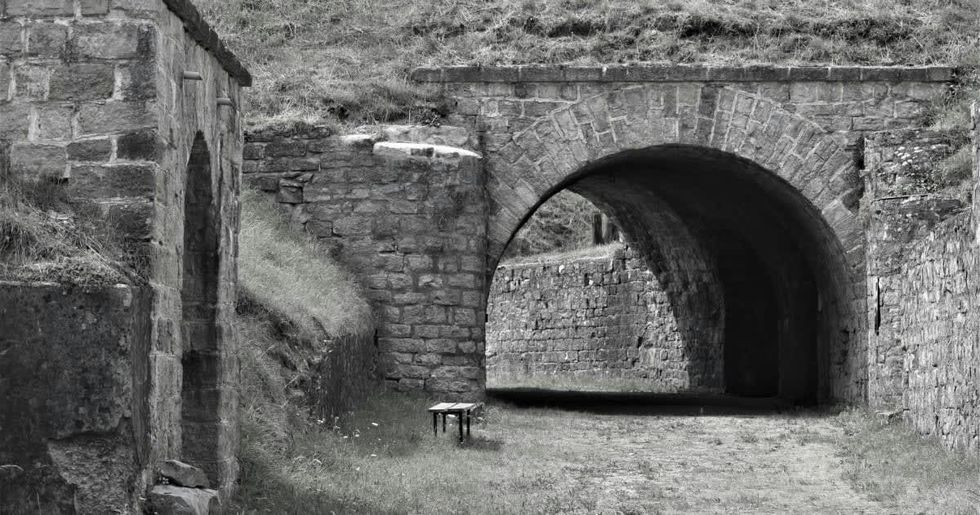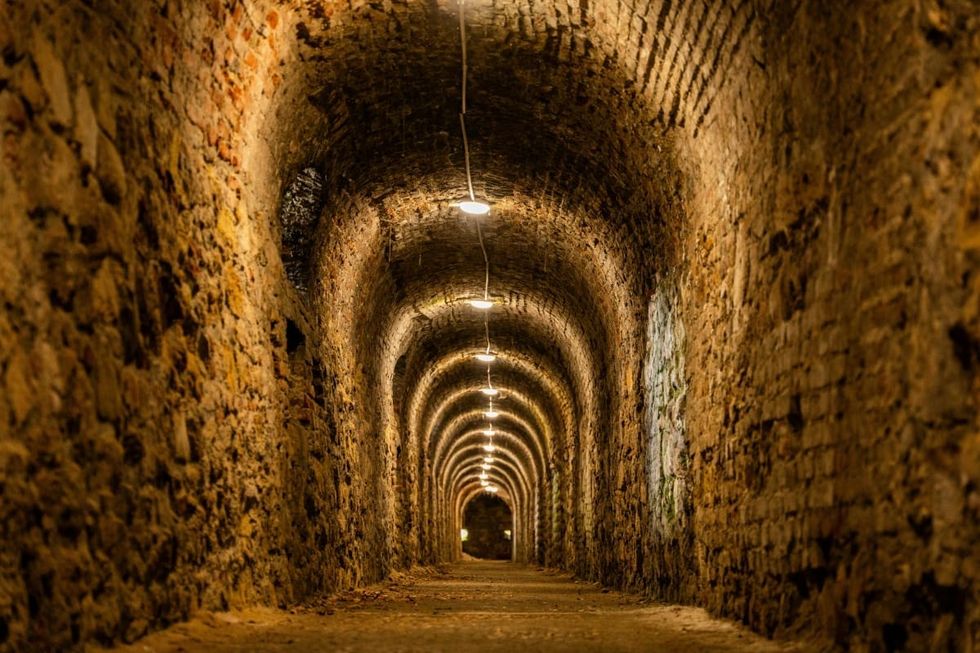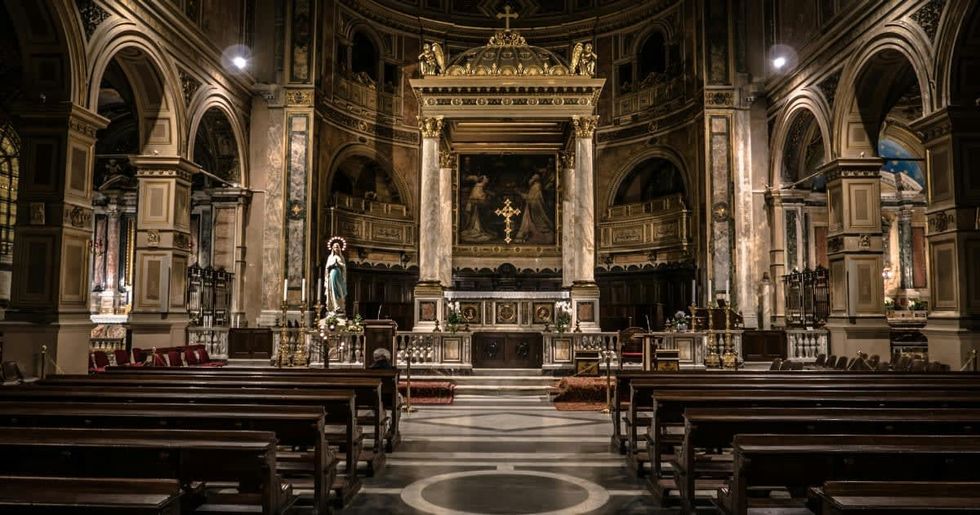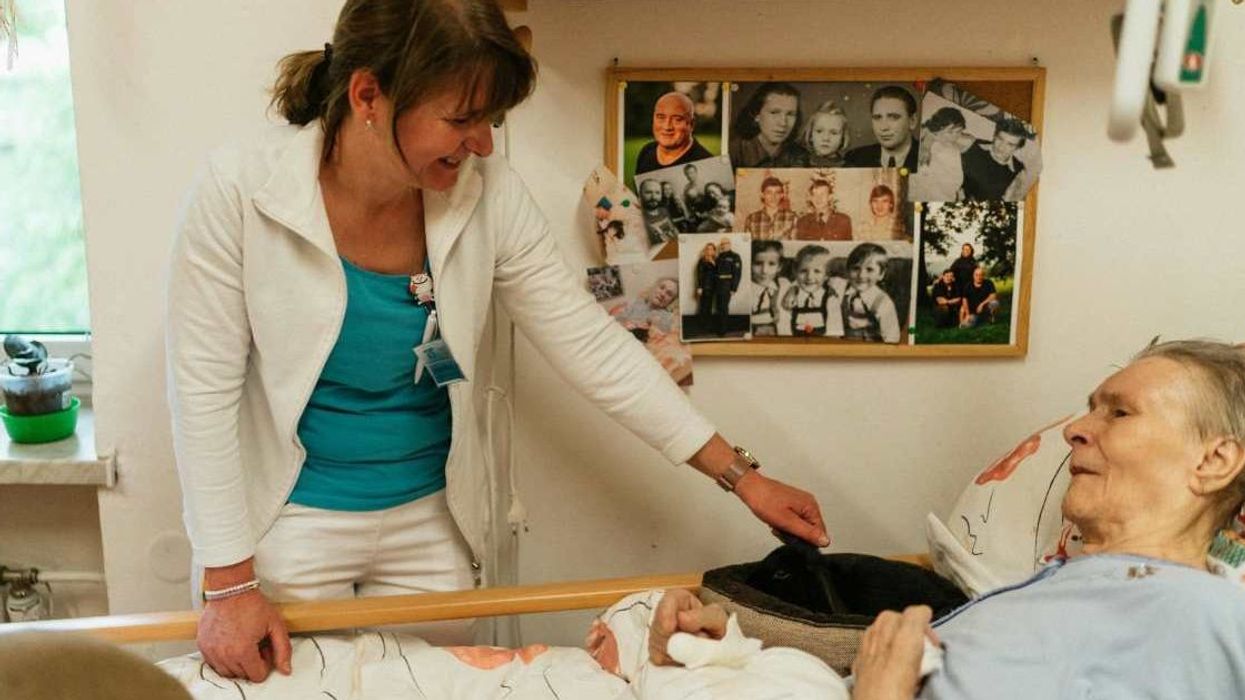Istanbul, a city layered with centuries of history, has long been a treasure trove for archaeologists and travelers alike. Recently, a new discovery added to its allure: archaeologists uncovered a hidden underground passageway with adjoining rooms during excavations at the 1,500-year-old St. Polyeuctus Church in Saraçhane Archaeology Park, according to Live Science.

These mysterious structures beneath the church ruins are thought to be connected to the ancient church itself. However, archaeologists are still piecing together clues to understand the purpose of these tunnels and rooms, adding yet another enigma to Istanbul's storied past.
The subterranean features consist of two large chambers connected by a tunnel and seem to have been linked to the church prothesis — the chamber beside the altar where bread and wine were prepared for the Byzantine rite of the Divine Liturgy. Decorated with mosaics, stone inlays, and carved marble blocks, the underground passage has impressed researchers.

The Church of St. Polyeuctus was constructed when the city of Istanbul, then Constantinople, had Christianity as the empire's official religion. It was built in the years 524-527 by the Eastern Roman Princess Anicia Juliana. She wanted to show power against Emperor Justinianus and his wife Theodora, who succeeded to the throne after him, per Anadolu Ajansi.
The first archaeological excavations of the church were carried out in 1964-1969 by British art historian Professor Martin Harrison and archaeologist Nezih Firatli, per Turkish Archaeological News. Currently, St Polyeuctus is in ruins but work has been carried out to excavate the area to make it a potential tourist attraction.

Mahir Polat, Deputy Secretary-General of Istanbul Metropolitan Municipality, said that the structure is an excellent example of the city's architecture. It has stood the test of time and the wrath of earthquakes. While the main structure of St. Polyeuktos was destroyed, its infrastructure remains intact. He said, "Istanbul, which is currently struggling with earthquakes, has experienced dozens of earthquakes over the past 1,500 years. However, the structure we are seeing now has managed to survive all earthquakes. We should learn lessons from this," per Daily Sabah. The official added, "The earthquake memory of the city is also here. If you want to see Istanbul's earthquake memory, what happened in the Fatih district is a good example."
Professor Ken Dark, an archaeologist at King's College London who was not part of the excavation project but has previously conducted excavations in Istanbul, said the ruins of St. Polyeuctus are among the best-documented in the city. He said, "Hopefully, re-displaying the ruins of this historically important and once-magnificent church will bring awareness of it to a much wider audience."
This article originally appeared 3 months ago.













 Image Source - TikTok/
Image Source - TikTok/ Image Source - TikTok I
Image Source - TikTok I  Image Source - TikTok/@taniazugey
Image Source - TikTok/@taniazugey Image Source - TikTok/
Image Source - TikTok/
 Pexels | Photo by Omar Ramadan
Pexels | Photo by Omar Ramadan
 Representative Image Source: Pexels | Steve Johnson
Representative Image Source: Pexels | Steve Johnson Representative Image Source: Pexels | RDNE Stock Project
Representative Image Source: Pexels | RDNE Stock Project Representative Image Source: Pexels | Mali Maeder
Representative Image Source: Pexels | Mali Maeder
 Representative Image Source: A guest wearing a black Metallica t-shirt, olive bomber jacket, and black backpack outside Stylein during the Stockholm Fashion Week Spring/Summer 2017 on August 29, 2016. (Photo by Christian Vierig/Getty Images)
Representative Image Source: A guest wearing a black Metallica t-shirt, olive bomber jacket, and black backpack outside Stylein during the Stockholm Fashion Week Spring/Summer 2017 on August 29, 2016. (Photo by Christian Vierig/Getty Images) Representative Image Source: Pexels | Olly
Representative Image Source: Pexels | Olly Representative Image Source: Pexels | Yank Rukov
Representative Image Source: Pexels | Yank Rukov
 Representative Image Source: Pexels | Sam Rana
Representative Image Source: Pexels | Sam Rana Representative Image Source: Pexels | Olia danilevich
Representative Image Source: Pexels | Olia danilevich Image Source: TikTok |
Image Source: TikTok | 
 An Atlantic grey seal looking at the camera underwater. (Representative Image Source: Getty Images | Mark Chivers)
An Atlantic grey seal looking at the camera underwater. (Representative Image Source: Getty Images | Mark Chivers) A grey seal swims up to a scuba diver. (Representative Image Source: Getty Images | Huw Thomas)
A grey seal swims up to a scuba diver. (Representative Image Source: Getty Images | Huw Thomas) A Grey seal nibbles at the hood of a scuba diver. (Representative Image Source: Getty Images | Bernard Radvaner)
A Grey seal nibbles at the hood of a scuba diver. (Representative Image Source: Getty Images | Bernard Radvaner)
 Representative Image Source: Earth Visualization (Getty Images)
Representative Image Source: Earth Visualization (Getty Images) Representative Image Source: 3D rendering of an abstract stylized planet globe. Creative and technological design of planet Earth. (Getty Images)
Representative Image Source: 3D rendering of an abstract stylized planet globe. Creative and technological design of planet Earth. (Getty Images) Representative Image Source: Earth and Sun, computer artwork. (Getty Images)
Representative Image Source: Earth and Sun, computer artwork. (Getty Images)
 Pexels | Photo by Andrea Piacquadio
Pexels | Photo by Andrea Piacquadio